
7 minute read
USASA Clubs: The Illustration and Animation Grad Show
USASA Club Feature
Hidden
Illustration Queer Youth by Mitch Hearn
The Illustration and Animation Grad Show Worlds
Tell us a bit about the Illustration and Animation Grad Show club; who are you as a unit? We are a passionate collection of students dedicated to making the best of this last year to put on a spectacular display of work we can all be proud of. From our beginning meetings on Zoom to gathering together in our gallery space and planning the specifics, we have all pitched in to represent our diverse and skilled cohort of 2020! – Charlie Davies (Secretary)
Why is it important to you there is an annual Grad Show? As a design student, I think it is important to have a graduation show because it is more than just a time to reflect on each student’s years of study. It is also the perfect opportunity to showcase their ideas and the skills that they have accumulated and grown to improve on over the years, all in one showcase, to industry professionals, likeminded people and to the general public. Each graduation show is different every year, it brings people together and explores students’ similarities and differences with their peers. A graduation show is an artist’s and designer’s first opportunity to make a start in the art world and creative industry. – Cassandra Poritz (Vice Secretary)
What is the process of building a show like Hidden Worlds like? For the longest time, it just felt like we were not getting much done because so much of the work was stuff we could not do until we actually set up the gallery for opening. Once that came around, it went past in a flash. Our first few meetings involved a lot of admin work and one of the hardest parts was getting in contact with people to ensure they were 100% going to be in the show, because we needed solid numbers to decide everything. We needed to know the amount of tables and posters, the spacing of the tables and how many people would be featured on the website and our social media. Once that was done, we could basically sit back and wait until the show came around. I think we all underestimated how much work the setting up would be – massive props to Shae Mellors, who planned out the entire space beforehand and basically spent 2 days making sure people knew what they were doing! – Isabelle Seretis (Chair)
What did curating Hidden Worlds look like in a year as dramatic as 2020? We were surprised by the variety and quality of work from our peers, especially given the circumstances. The pressure this year put on our students did not keep them down and pushed many out of their comfort zones. Unfortunately, due to a COVID-19 cluster in December 2020, our event was postponed and this meant that all of our students had to present work for our new January opening. The whole planning process was an emotional rollercoaster; the COVID event guidelines were changing week-to-week through the whole year and students, understandably, had a lot going on outside of the course to worry about. We made an effort to have open channels to keep in touch with students to answer any questions they might have had. We had little of an idea of what the show would look like until set-up day, as we waited anxiously for students to arrive. – Marnie Pohl (Fundraising Manager)
What inspired Hidden Worlds as a concept for 2020’s show? We wanted a theme that would represent the whole class and not exclude anyone. However, because of the nature of illustration and animation, everyone has such different styles and ways of looking at and depicting the world.
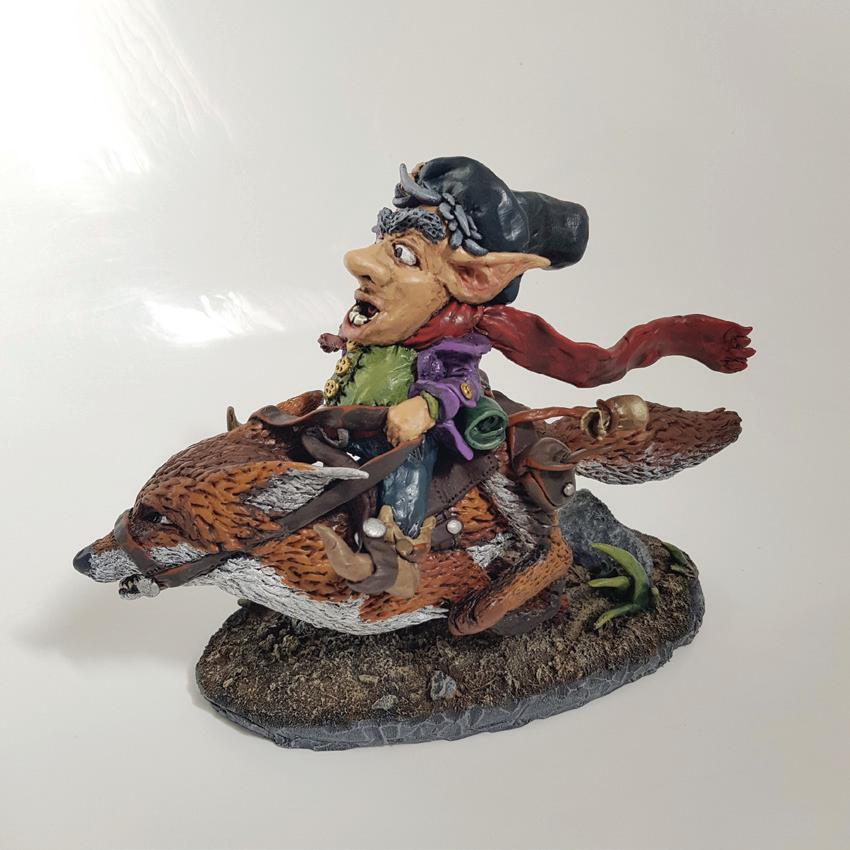
Image Gnome Sculpture by Mitchell Seminutin
This made it tricky to create a theme that would let viewers know what to expect when visiting the gallery. The idea for Hidden Worlds came around when we thought about how each of us were creating our own world that othersdid not know about: our own hidden worlds! So, we thought the name was an apt description for our class and the show, as people would be coming to view each student’s hidden world. – Shae Mellors (Event Planner)
Have you found the contributors of the club have changed their artistic output since the 2020 lockdowns? It has been a very difficult year for everyone. Due to the delays, we have all experienced different levels of demotivation. Yet, I have been so impressed with how much everyone has stepped up to contribute. Organising, promoting and funding have all come together so well for our exhibition (despite all the hurdles) and it is something we can all be proud of. – Oliver Russell-von Bujdoss (Treasurer)
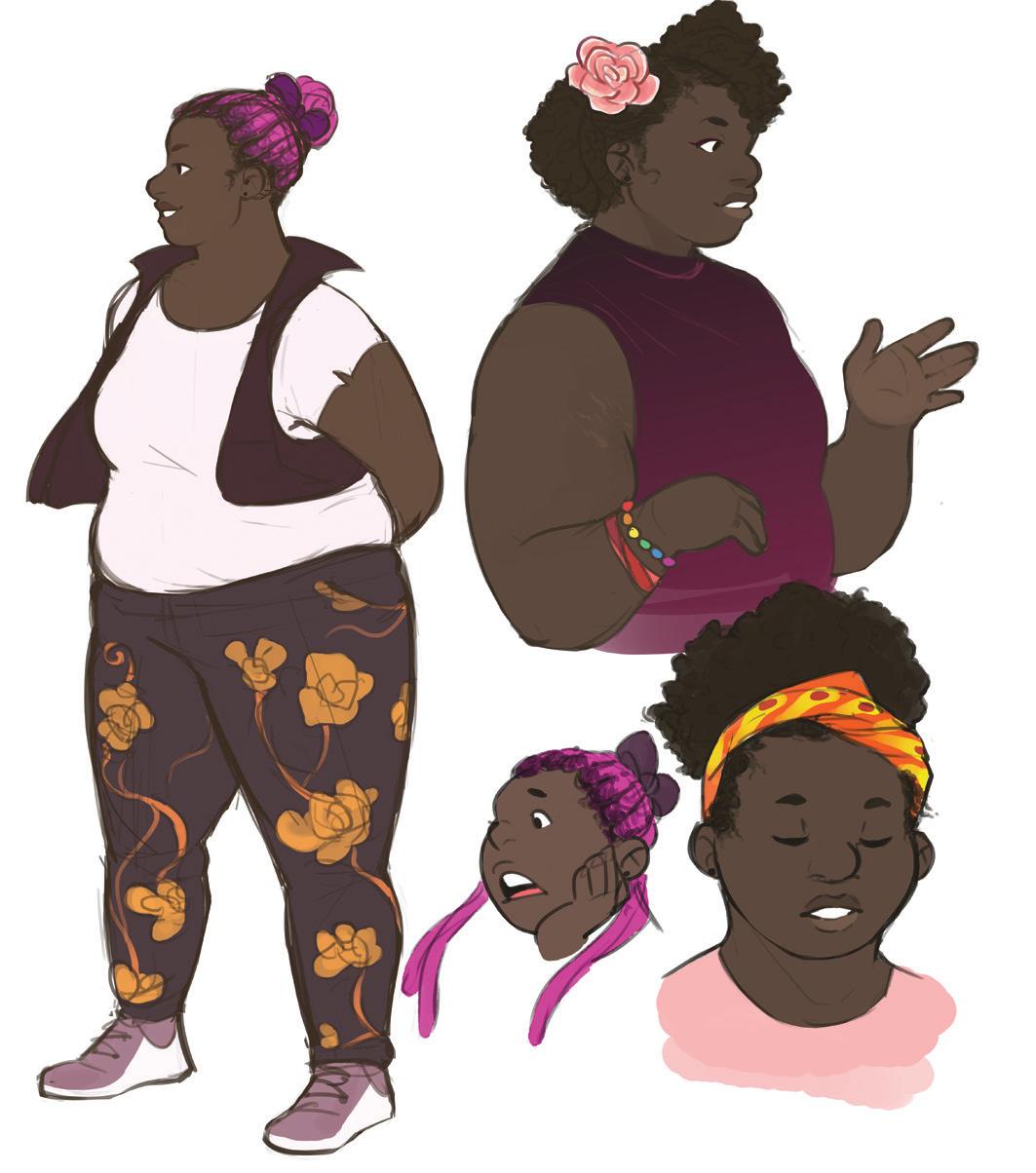
2021 will hopefully be a year of new beginnings; what would you like to see the next club committee do in the upcoming 12 months? Hopefully the 2021 graduating class will have a smoother year (fingers crossed), but my main suggestion would be to create a clear plan of action. A few things we did included breaking all the tasks into steps, which made the set up more approachable. We assigned jobs to the people skilled in those specific areas, aimed to complete work early in the year before classes, asked for help from classmates outside of the committee, continued social media posting and, last but not least, enjoy the company of peers in the committee. Enjoy it and you will have a lot of fun! – Declan Luke (Vice Chair) The theme for Verse this edition is Pure Imagination; why is imagination so important to your practices as illustrators and animators? As illustrators and animators, the creative process is just as important as the finished product and that always starts with probably the most important part of all - an idea! An idea that is formed through exercising the imagination. In a way, imagination is a superpower - the ability to conjure up images in the mind - and illustration and animation becomes an extension of this superpower, as we can conjure those mysterious pictures into something able to be seen, experienced and enjoyed by all. Illustration and animation is a doorway into other worlds. Some of the excitement that comes from illustration and animation is the ability to depict the unexpected and make seen what can only be imagined. Whether that be through conceptualizing something entirely unique, or through observing our surroundings and creating something new, or perhaps impossible and surreal, out of pieces of the world around us. This may spark the imagination of those who see it, challenging the viewers’ perspectives and encouraging them to see the world in a different way. – Lauren Rawlings (Head of Branding)
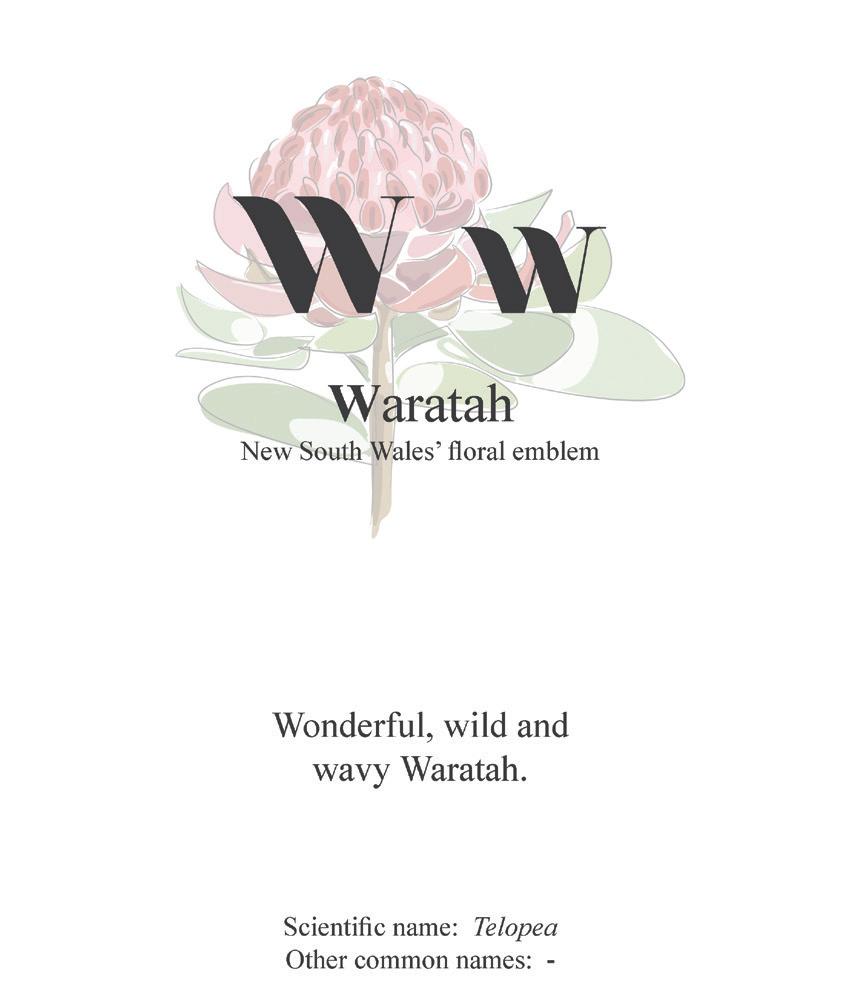
Image Nyla Tests by Charlie Davies
Image (Left) An Australian Alphabet Of Fantastical Flora by Maria Ppiros
How can the student body continue to support the club? Words of advice, support and kindness really do go a long way. 2020 forced the committee to think outside the box and to find alternate ways of doing things and presenting things. It forced us to do things differently and maybe this skill can be handed on to the next group of graduates in some way. I think that using this thought process is a good skill for future club representatives to use in their planning of exhibitions and events, regardless of their current situation. I also think the student body can support the future club in having compassion and empathy for their situation, whatever that may be. Overall, when thinking of how the student body can continue to support the future club and its graduates, the answer is simple: in little ways. Little things like purchasing raffle tickets, buying merchandise, sending messages of support and encouragement, attending exhibitions and events and taking family and friends to these exhibitions and events. Little things make a difference and support is the biggest form of help for a committee like this. – Maria Ppiros (Social Media Manager)
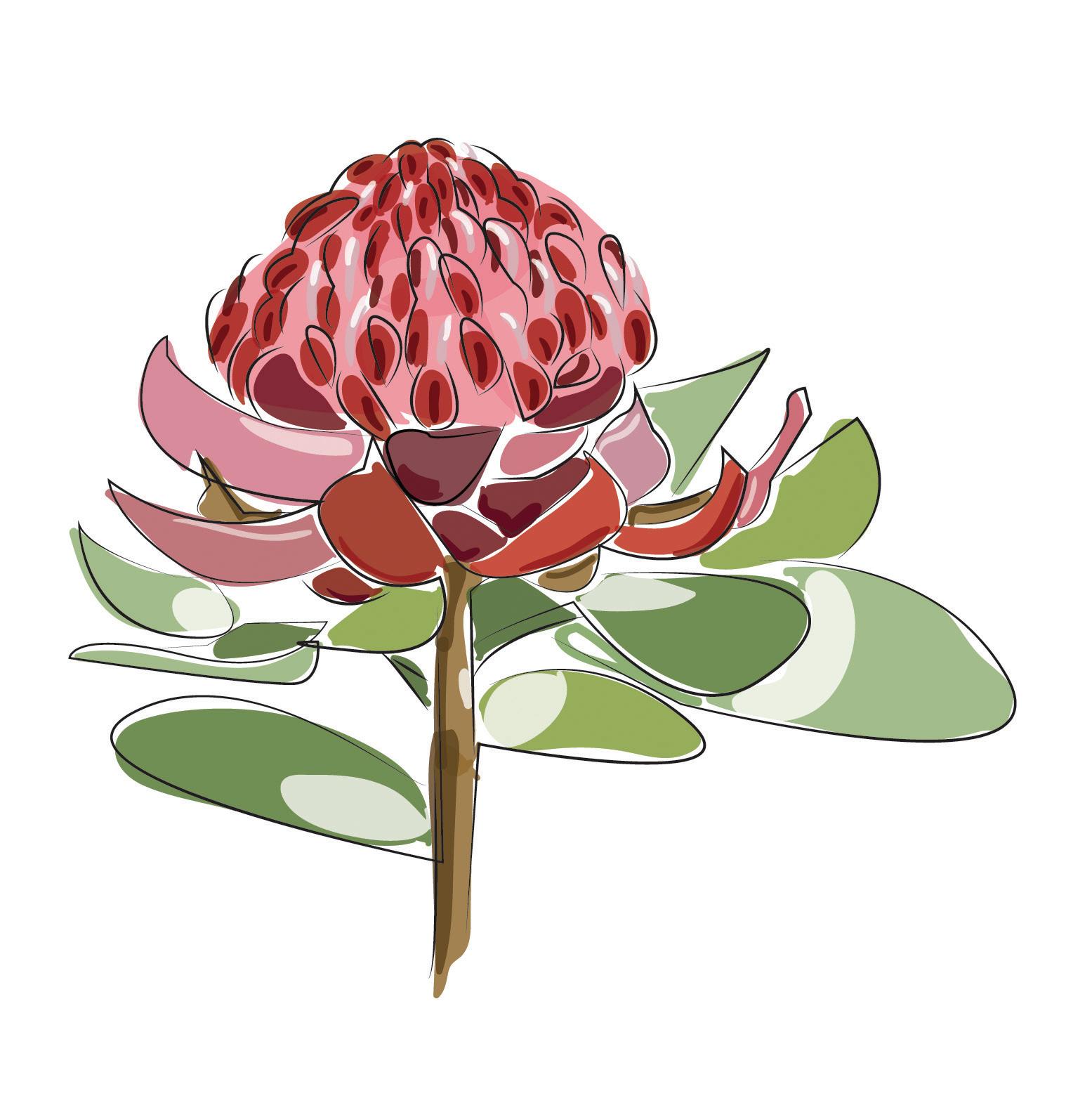
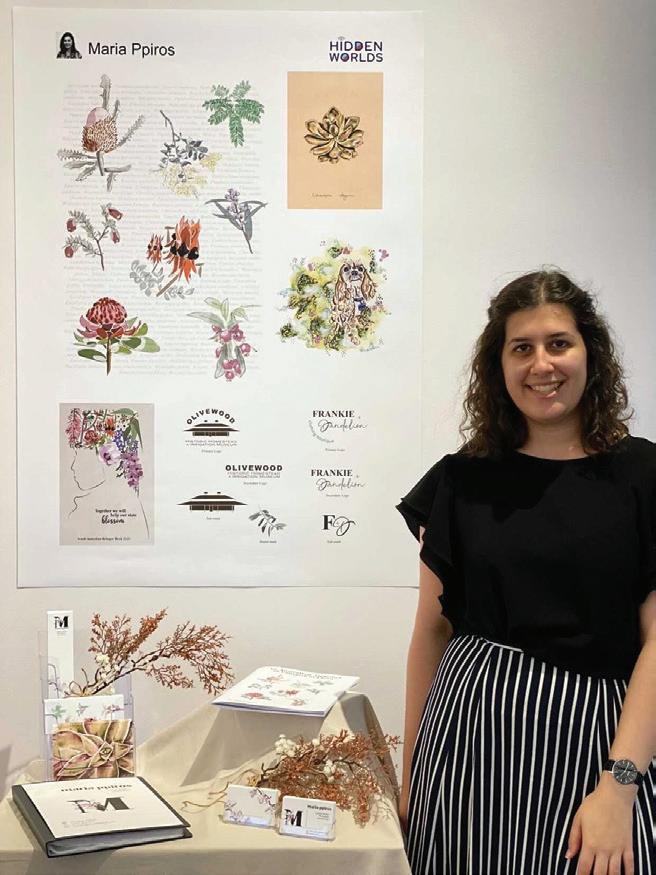
Interview Nahum Gale Image (Above) An Australian Alphabet Of Fantastical Flora by Maria Ppiros Image (Left) Maria Ppiros










